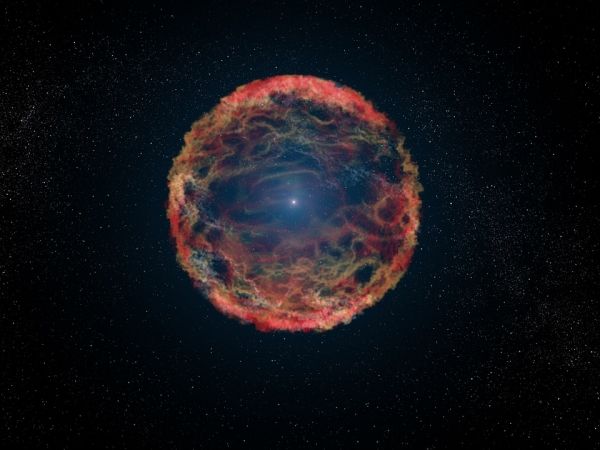When NASA’s Transiting Exoplanet Survey Satellite launched into space in April 2018, it did so with a specific goal: to search the universe for new planets.
But in recently published research, a team of astronomers at The Ohio State University showed that the survey, nicknamed TESS, could also be used to monitor a particular type of supernova, giving scientists more clues about what causes white dwarf stars to explode—and about the elements those explosions leave behind.
“We have known for years that these stars explode, but we have terrible ideas of why they explode,” said Patrick Vallely, lead author of the study and an Ohio State astronomy graduate student. “The big thing here is that we are able to show that this supernova isn’t consistent with having a white dwarf (take mass) directly from a standard star companion and explode into it—the kind of standard idea that had led to people trying to find hydrogen signatures in the first place. That is, because the TESS light curve doesn’t show any evidence of the explosion slamming into the surface of a companion, and because the hydrogen signatures in the SALT spectra don’t evolve like the other elements, we can rule out that standard model.”
Their research, detailed in the Monthly Notices of the Royal Astronomical Society, represents the first published findings about a supernova observed using TESS, and add new insights to long-held theories about the elements left behind after a white dwarf star explodes into a supernova.
Read more at Ohio State University
Photo Credit: skeeze via Pixabay


